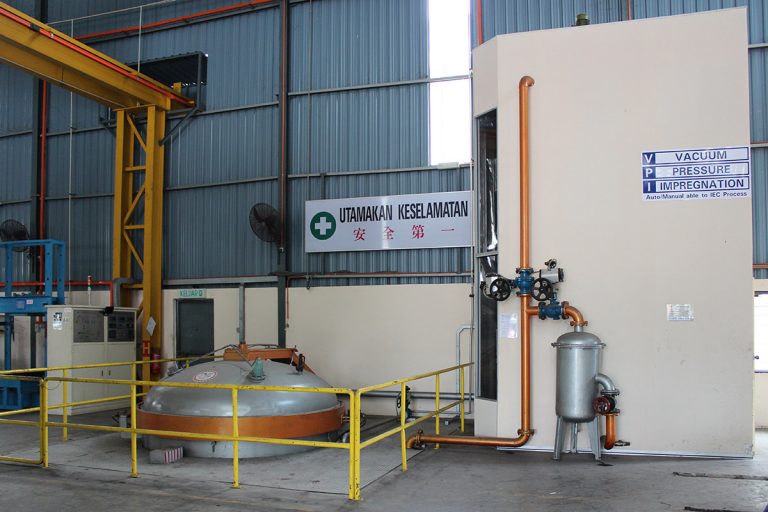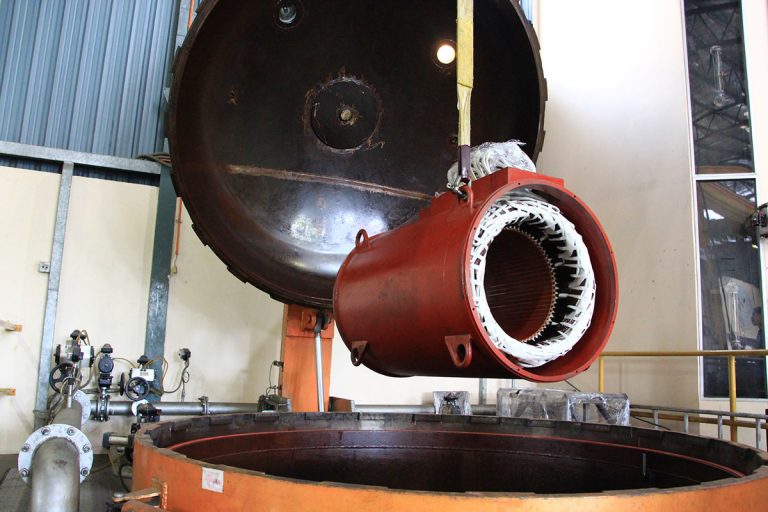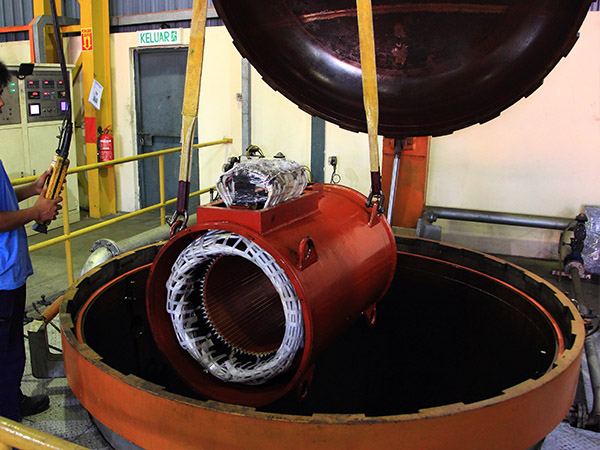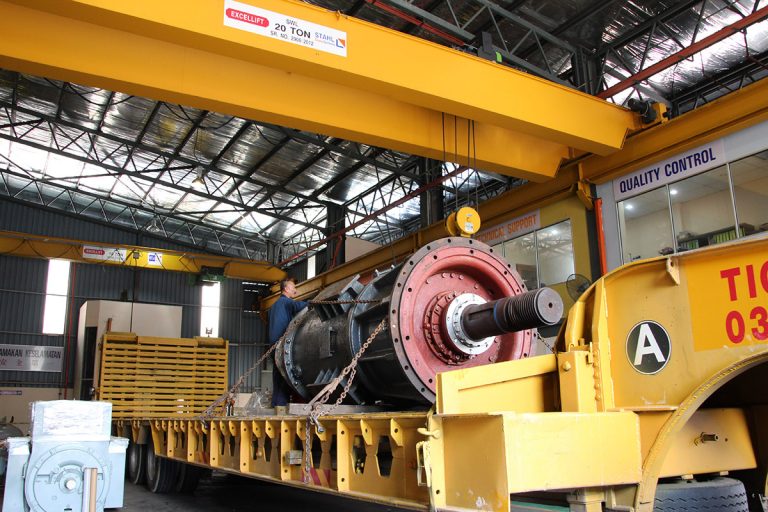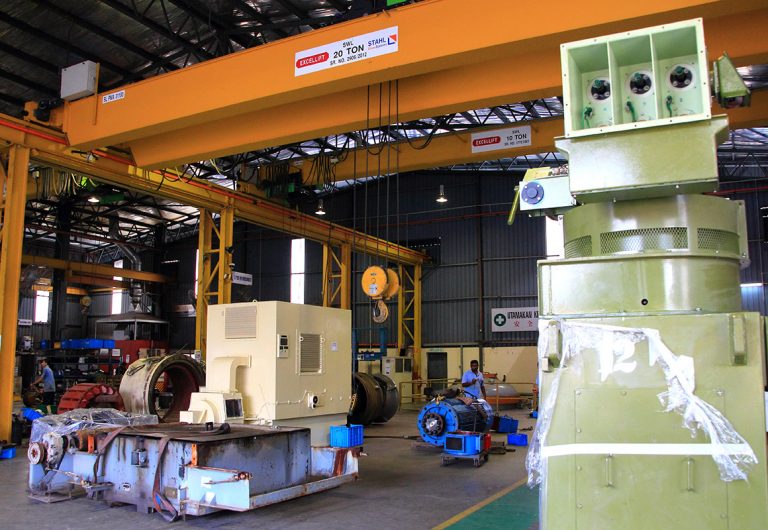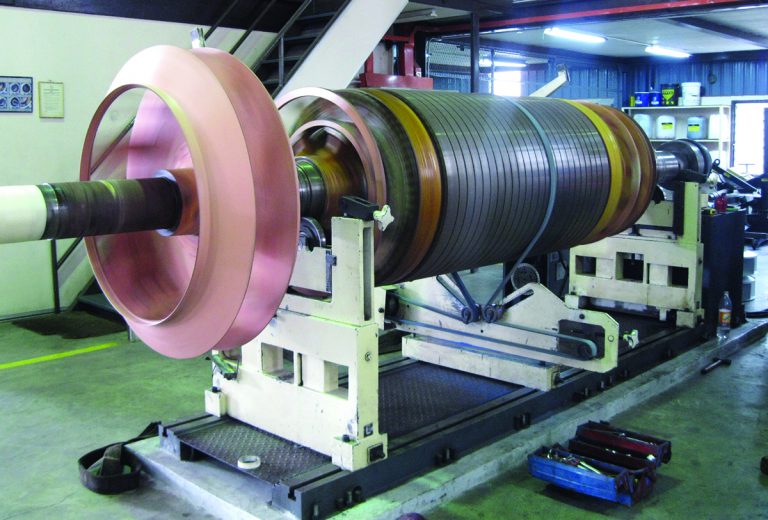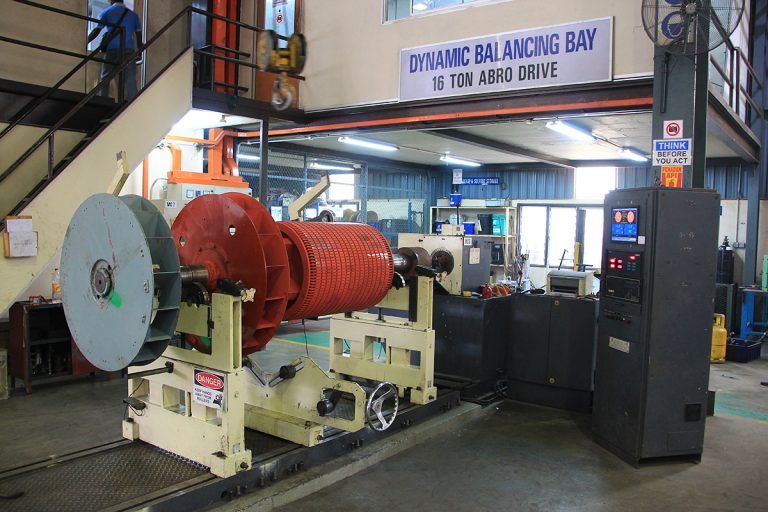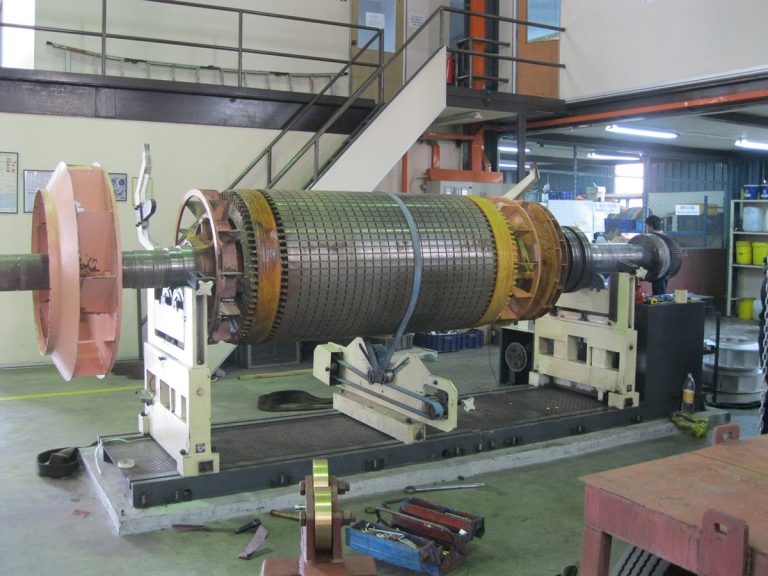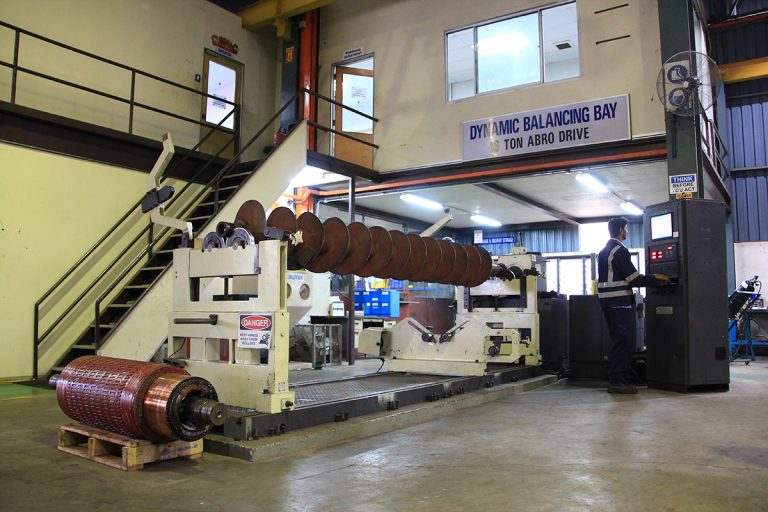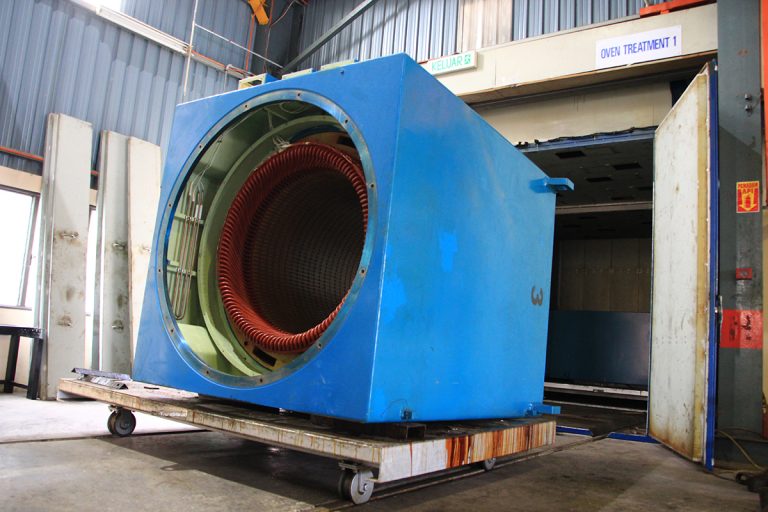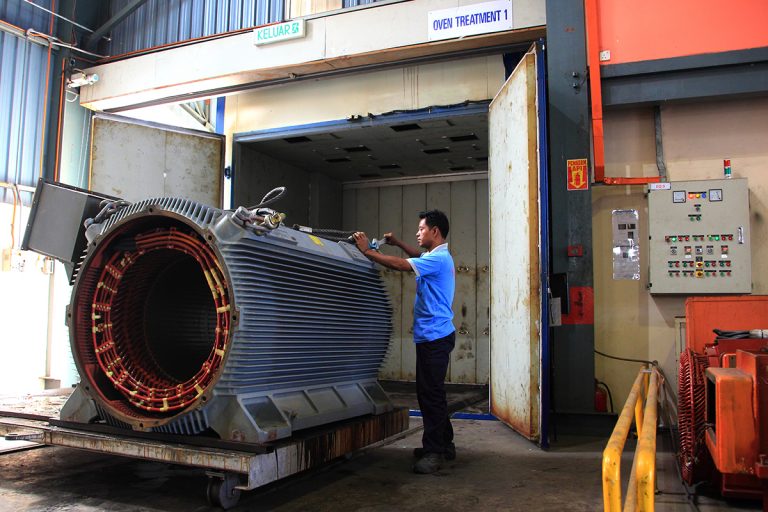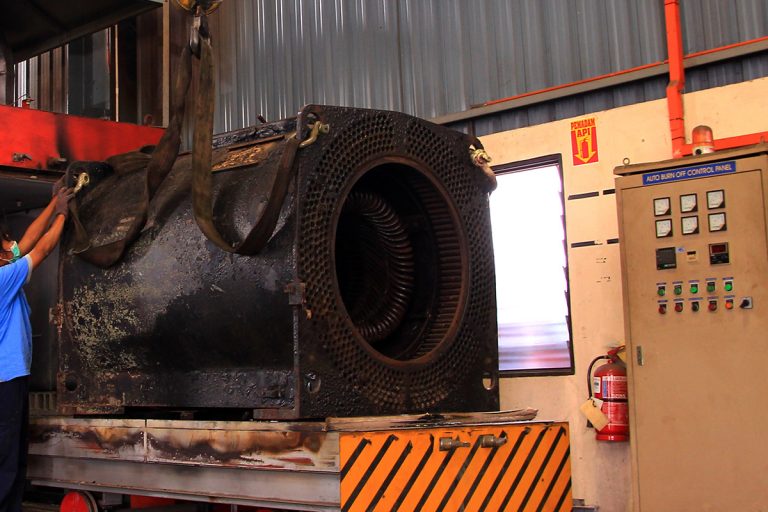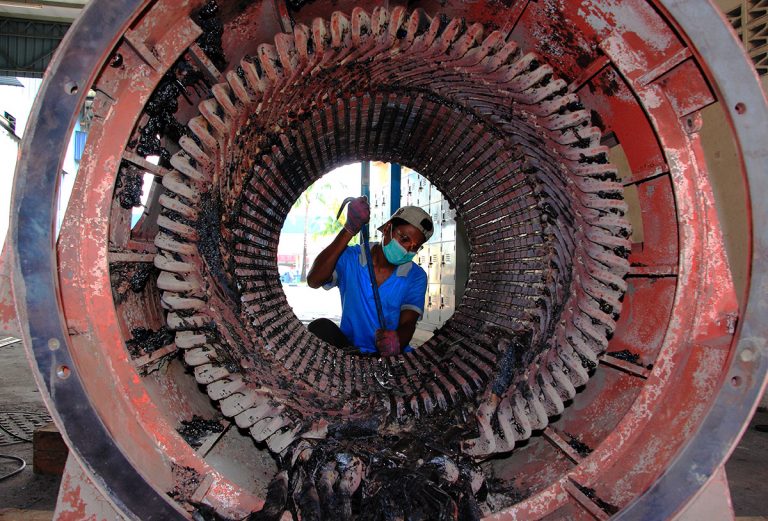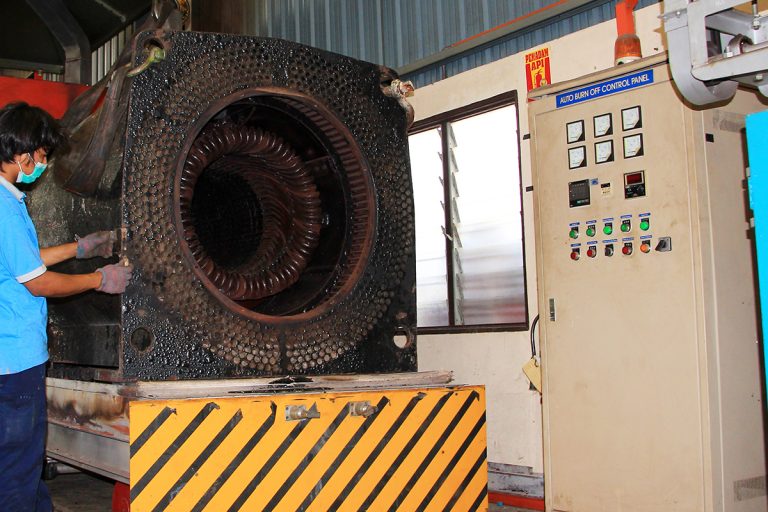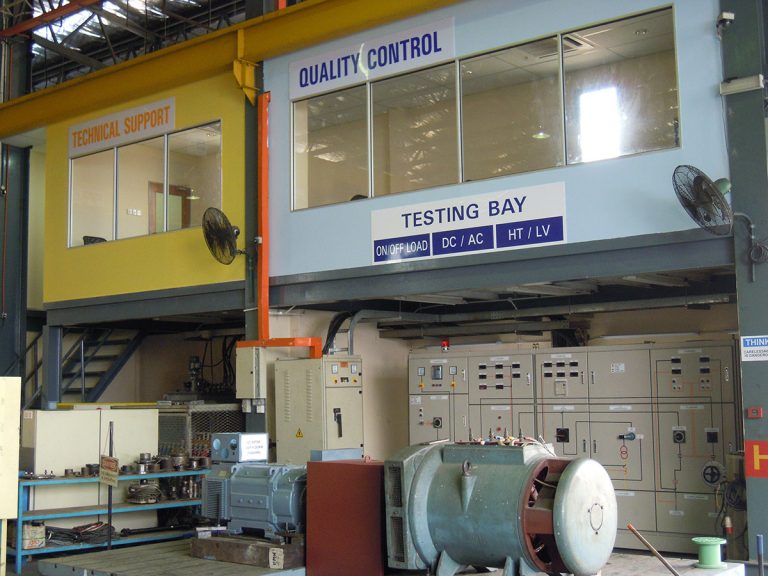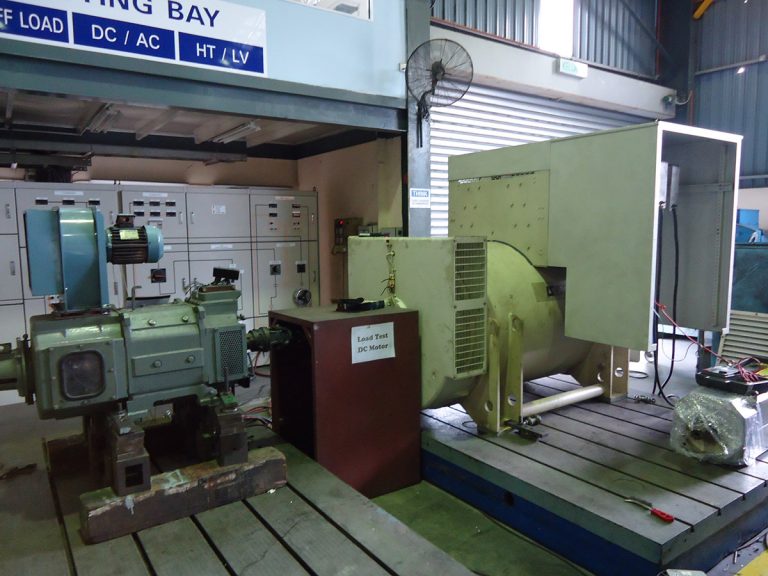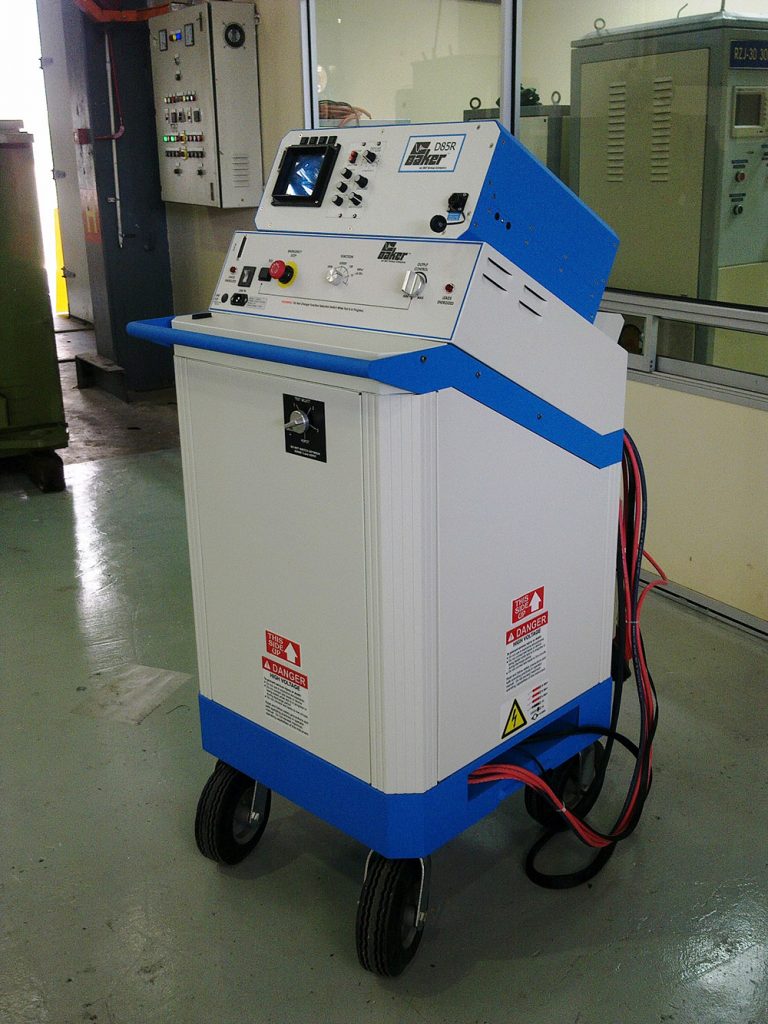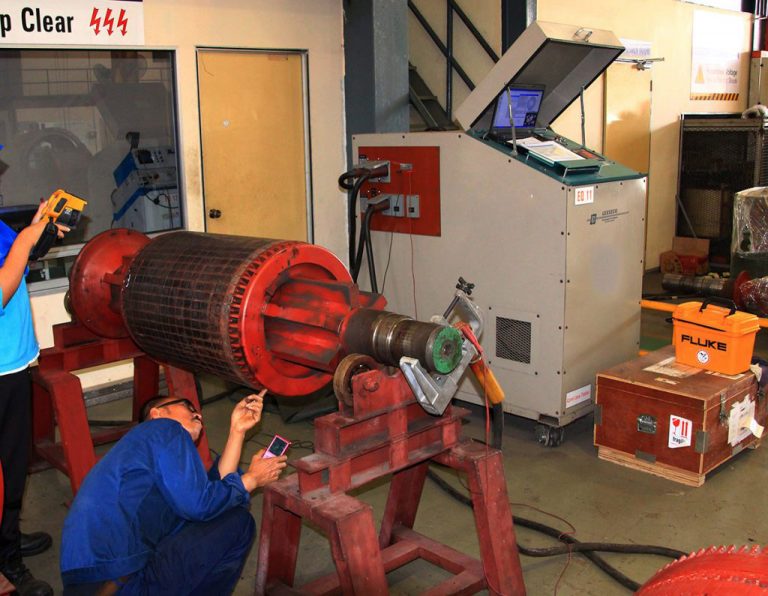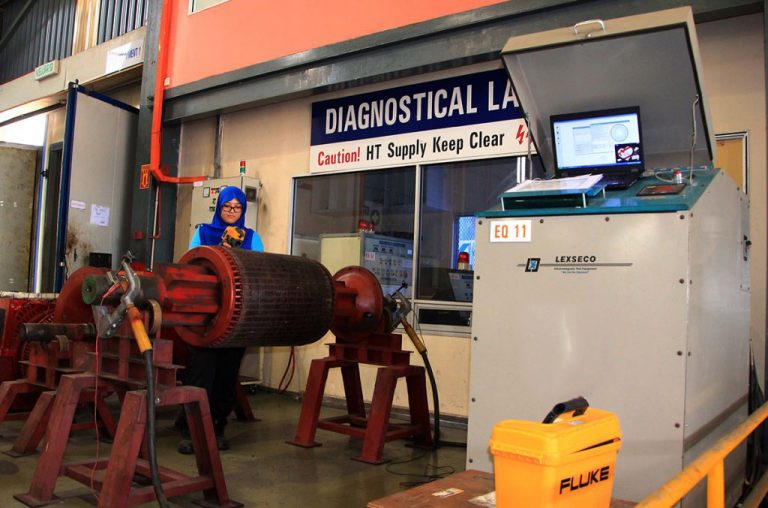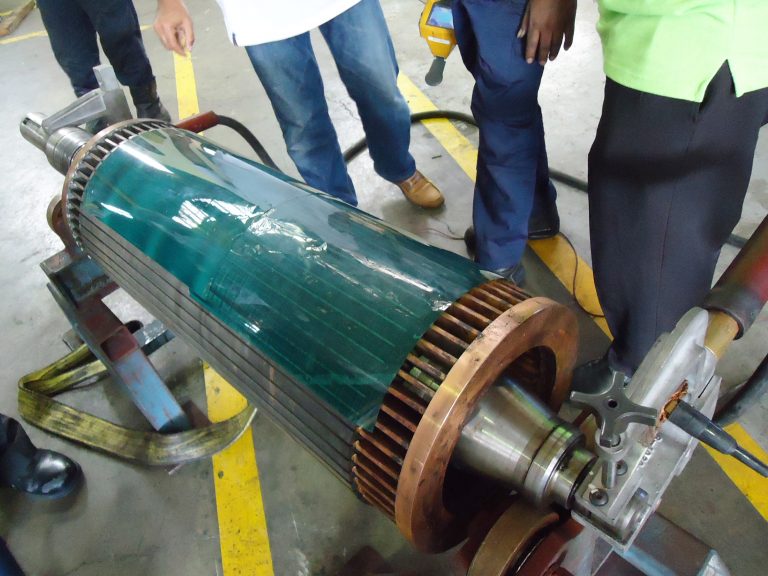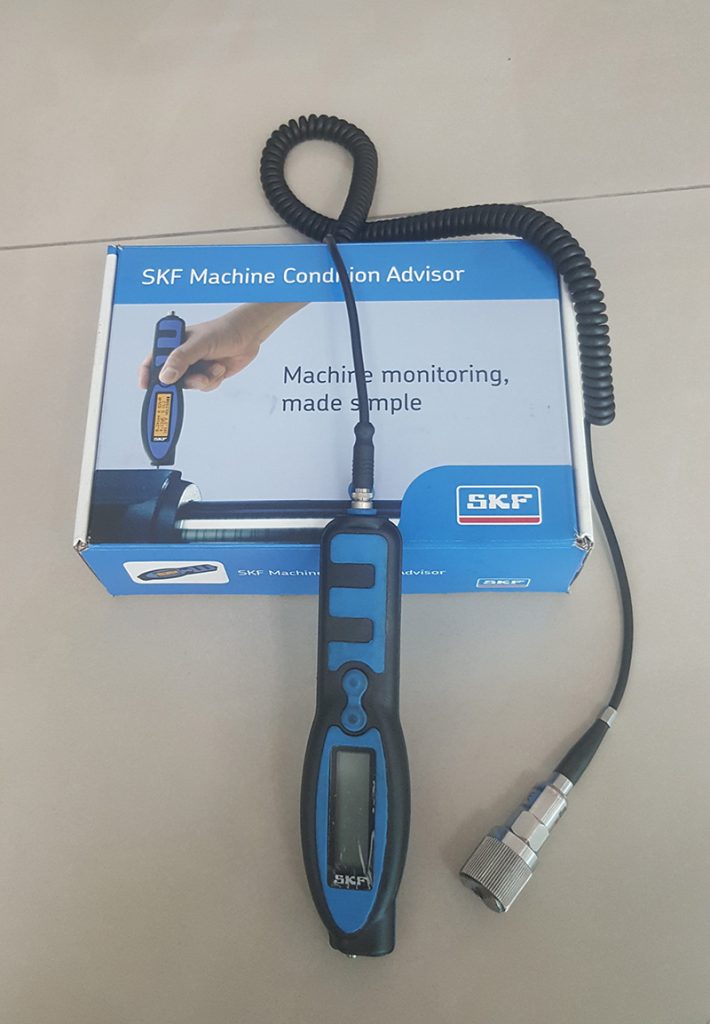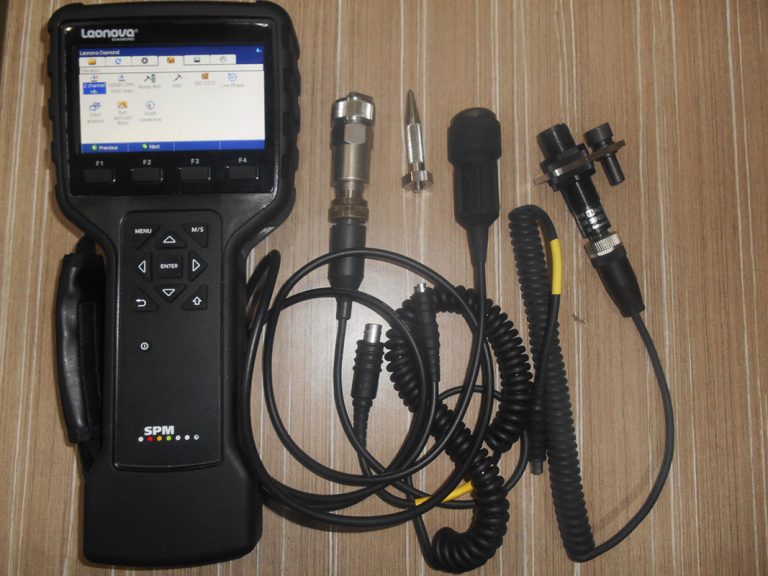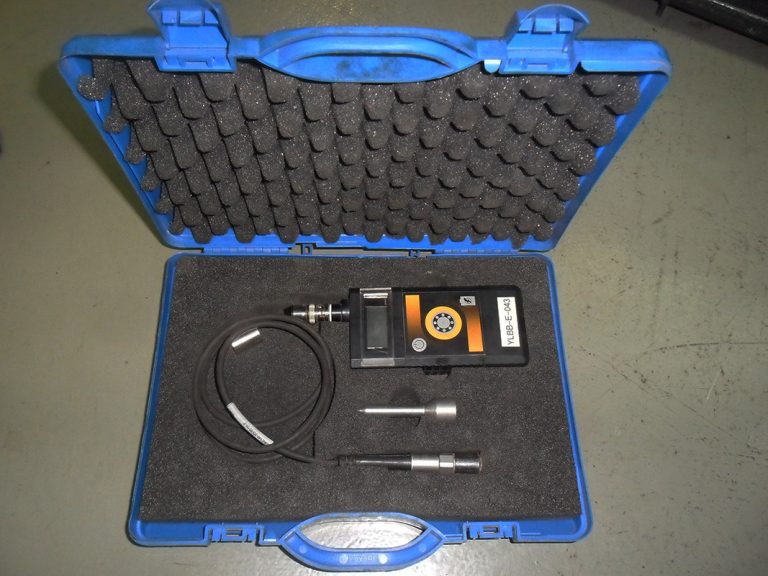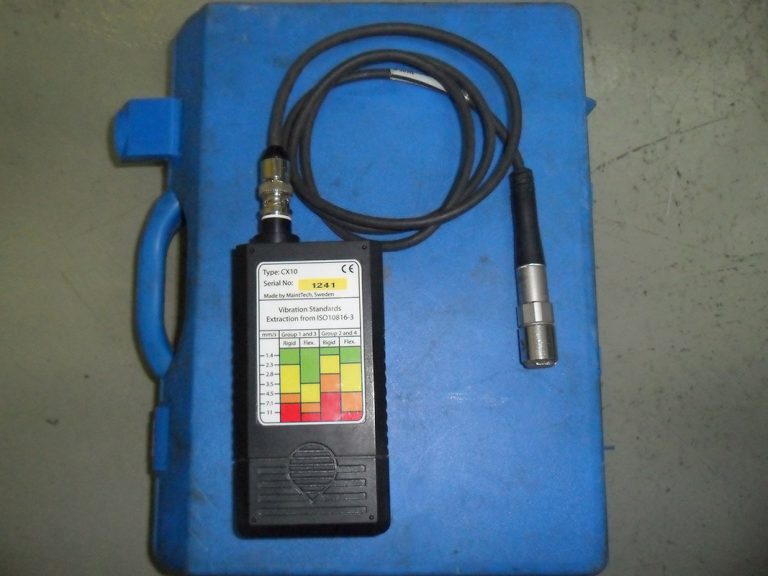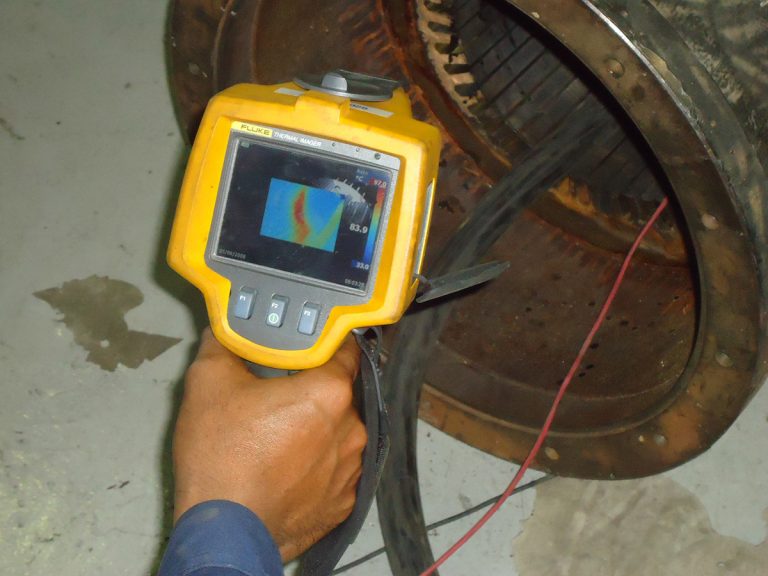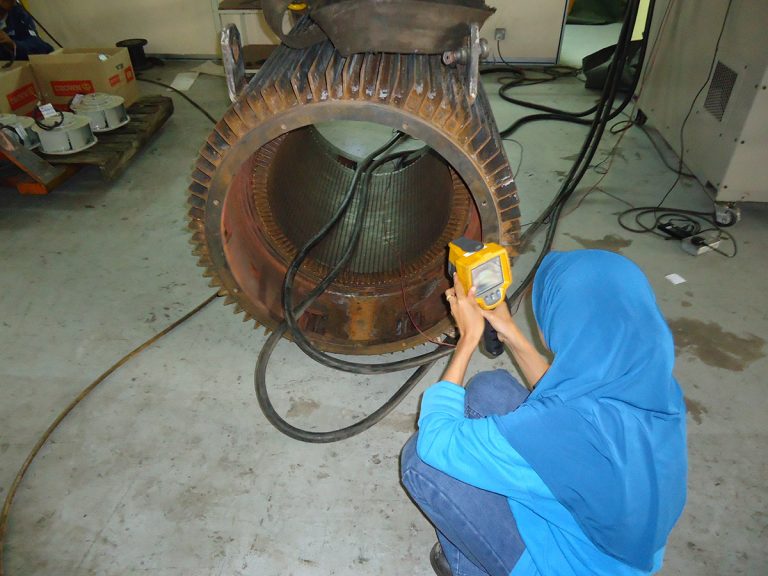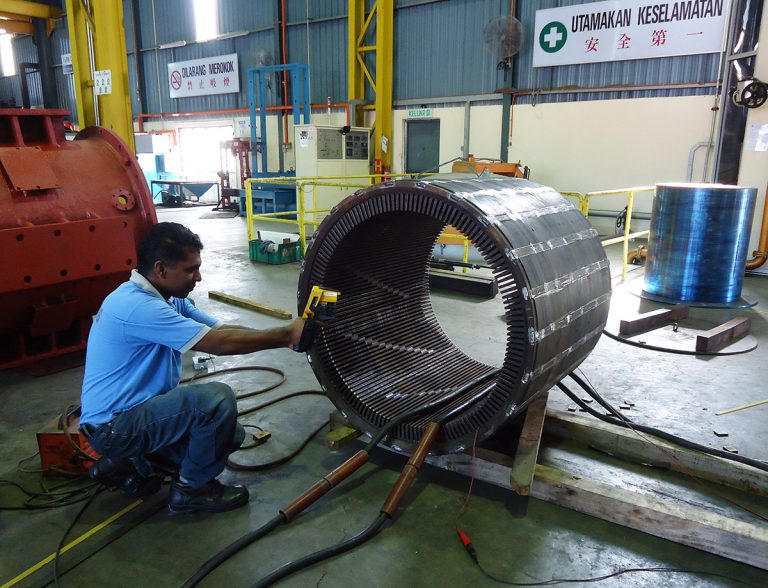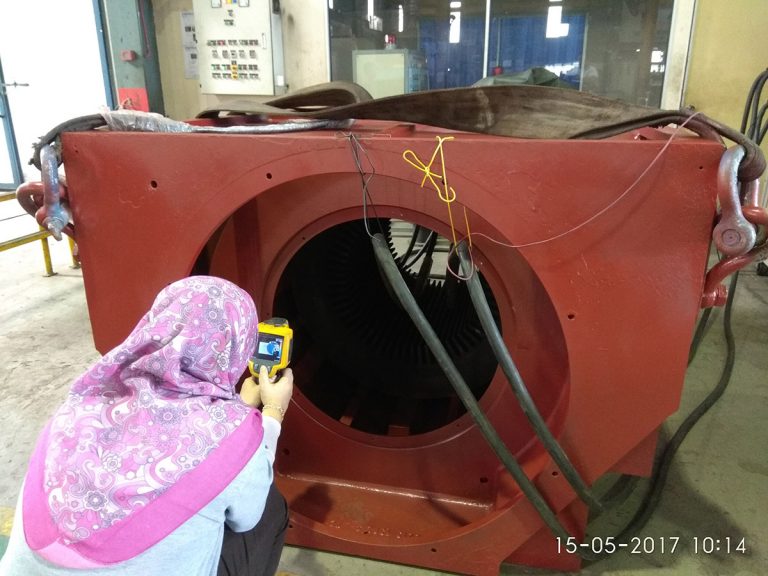Major Equipment
- VPI
- Overhead Crane
- 16 Tonnes Balancing Machine
- Curing Oven
- Burn-off Oven
- Testing Bay
- Baker Test
- Core Loss Test
- SPM Instrument
- Thermal Imager
VPI (Vacuum Pressure Impregnation) technology is used to insulate electrical coil windings or seal porosity.
Vacuum impregnation is the process that seals components without changing dimensional or functional characteristics.
The impregnation part of the process is replacing the void with a durable and stable material suitable for field use.
Advantages of fully impregnated coils :
- Better heat dissipation
- Longer insulation life
- Less susceptible to cracking
- Improved resistance to moisture and chemicals
- Reduction of coil movement
- Improved mechanical strength and coil rigidity
- Deeper resin penetration
- Improves heat transfer and provides greater bond strength
- Protect against moisture, dirt and corrosive chemicals
Up to 20 tonnes actual for loading and unloading of equipment.
A 16 tonnes dynamic balancing complying G2.5 standard with total length of 4 meters and 1.5 meters diameter.
Curing of winding by gradually temperature increasing up to 180˚C for a mature IR reading and strengthen stator & rotor coil.
Burn off oven defect copper coil by high temperature without damage lamination core during copper coil extraction.
With a solid and compact steel base for pump & motor free run or load test to capture electrical/mechanical reading before delivery. Input voltage up to 3000 VAC and 500 VDC for condition check.
What can this equipment perform?
- Hi-pot test
- Winding resistance test
- Insulation resistance (IR) test
- Surge comparison test
- Polarization Index Test (PI)
- Bar to Bar test (for DC Armature)
Inducing current to determine stator coil lamination core magnetic flux, rotor bar condition and hot spot area on lamination core.
Vibration Analysis applied in maintenance environment aims to reduce maintenance costs and equipment downtime by detecting equipment faults.
Identify temperature difference of operating equipment to predict breakdown or next maintenance schedule.
Minimize unscheduled downtime by detect the abnormality temperature of an equipment.


